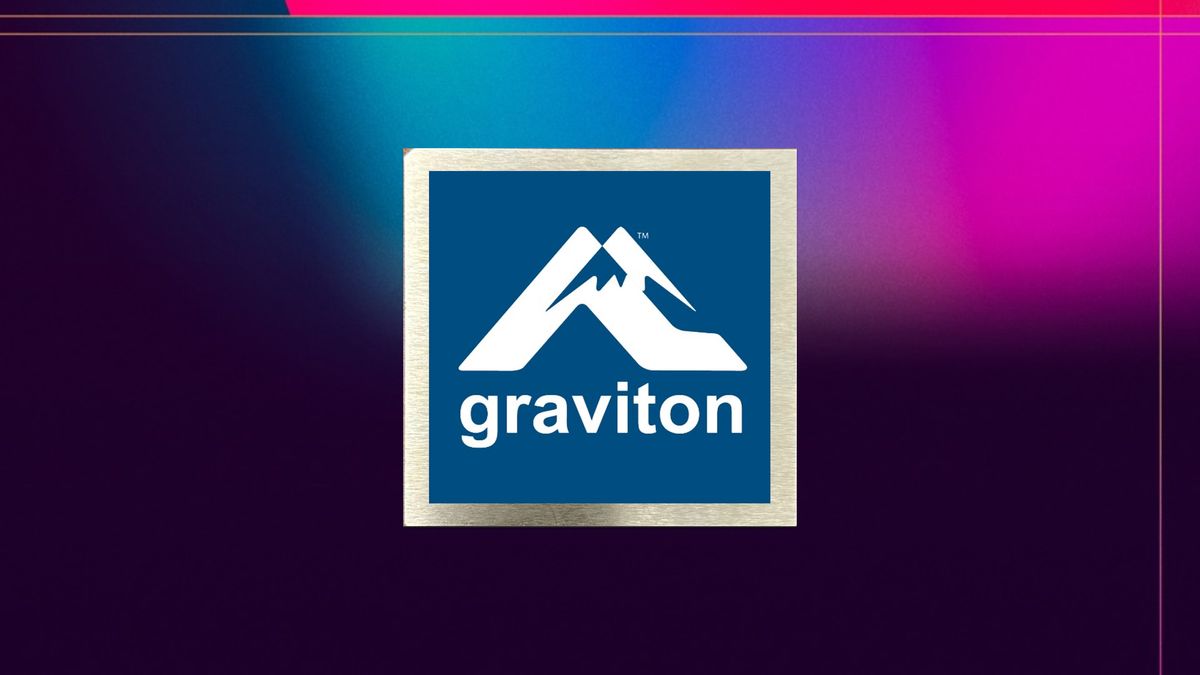Uber and Nvidia are partnering to build a fleet of 100,000 robotaxis. “This is going to be a new computing platform for us, and I’m expecting it to be quite successful,” CEO Jensen Huang said at Nvidia’s first-ever Washington D.C. edition of its highly anticipated GTC AI conference.
According to Nvidia, the fleet will start rolling out in 2027, and 100,000 is the target number of vehicles, but there is no timeline yet on when the companies will reach that level of scale. It’s an ambitious target, especially when you keep in mind that major competitor Waymo operates roughly 2,000 robotaxis, according to filings from August. Even so, it’s not even remotely the most optimistic estimate in the autonomous vehicle industry. Elon Musk, head of fellow robotaxi provider Tesla, wants to have “millions of Teslas operating autonomously” by the second half of next year.
The technology Uber will be using is based on Nvidia’s latest in-vehicle computer, Drive AGX Hyperion 10, which Nvidia executives claim will make cars ready for level-4 automation. That means the vehicle would be able to drive itself completely autonomously, without a driver ready to take over, as long as it is operating within designated areas. It’s only one level down from truly autonomous driving without any boundaries, which no company has truly achieved yet.
“Human robots are still in development, but meanwhile, there’s one robot that is clearly at an inflection point, and it is basically here, and that is a robot on wheels,” Huang said.
“This entire architecture is architected so if any computer or sensor fails, you can always get yourself to a safe stop,” Ali Kani, vice president of automotive at Nvidia, said in a press briefing. Huang bragged that “the sensor suite, surround cameras, radars, and lidar make it possible for us to achieve the highest level of surround cocoon, sensor, perception, and redundancy necessary for the highest level of safety.”
Unlike other robotaxi providers like Tesla and Waymo, Uber will only work as an autonomous ride-hailing network and won’t actually be building the fleet. That job will fall to a handful of automotive partners, including Stellantis, Mercedes-Benz, and electric vehicle manufacturer Lucid Motors.
“We created this architecture so that every car company in the world could create cars. Vehicles could be commercial, could be passenger, dedicated to robotaxi,” Huang said.
The tech will also be supported by a joint AI data factory built on Cosmos, a family of AI models released earlier this year that can be used to train humanoid robots.
Nvidia is trying to gain ground in a competitive landscape. Last week, GM unveiled plans to debut not just hands-free but also “eyes-off” electric vehicles by 2028, to much fanfare and investor applause.
Earlier this year, at Nvidia’s original GTC hosted every March in San Jose, California, Huang announced that GM would use the Drive AGX platform to develop its future fleet of self-driving cars.
Following GM’s announcement last week, Musk spent most of Tesla’s earnings call assuring investors that the company’s artificial intelligence and autonomous driving initiatives were scaling “quite massively,” claiming that Tesla had achieved “clarity” on unsupervised full self-driving, and that he now feels confident in expanding Tesla’s production as fast as possible.







 English (US) ·
English (US) ·